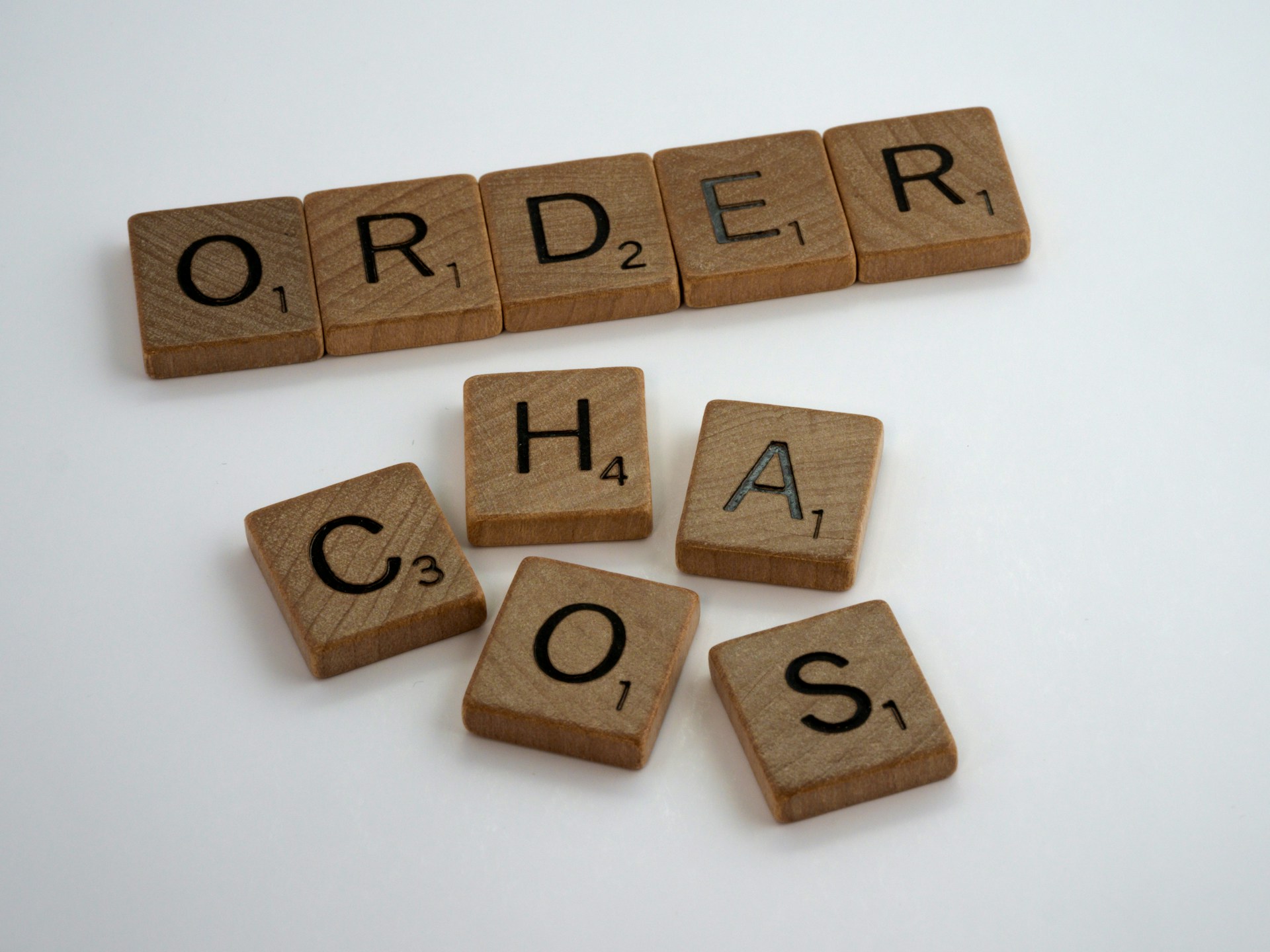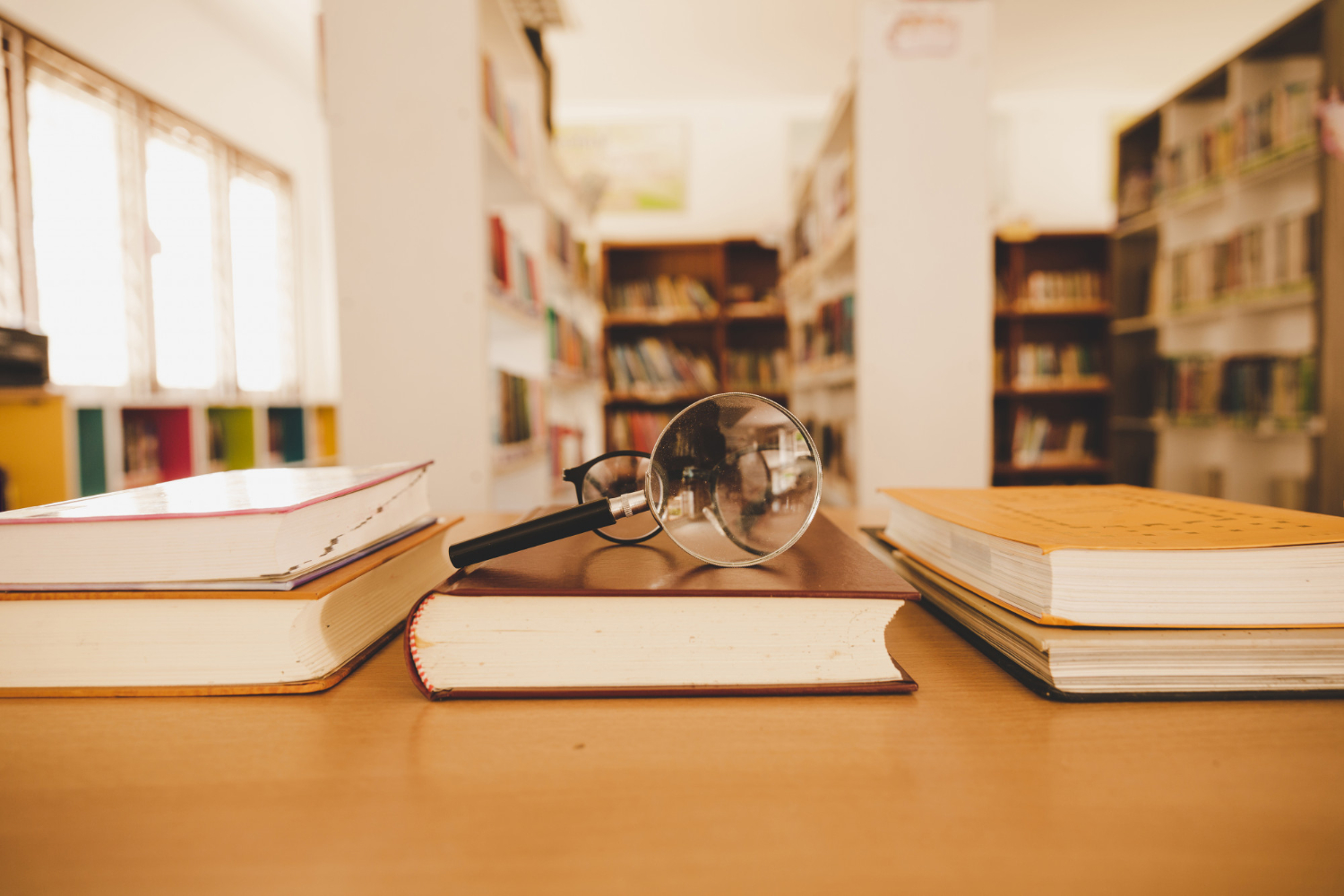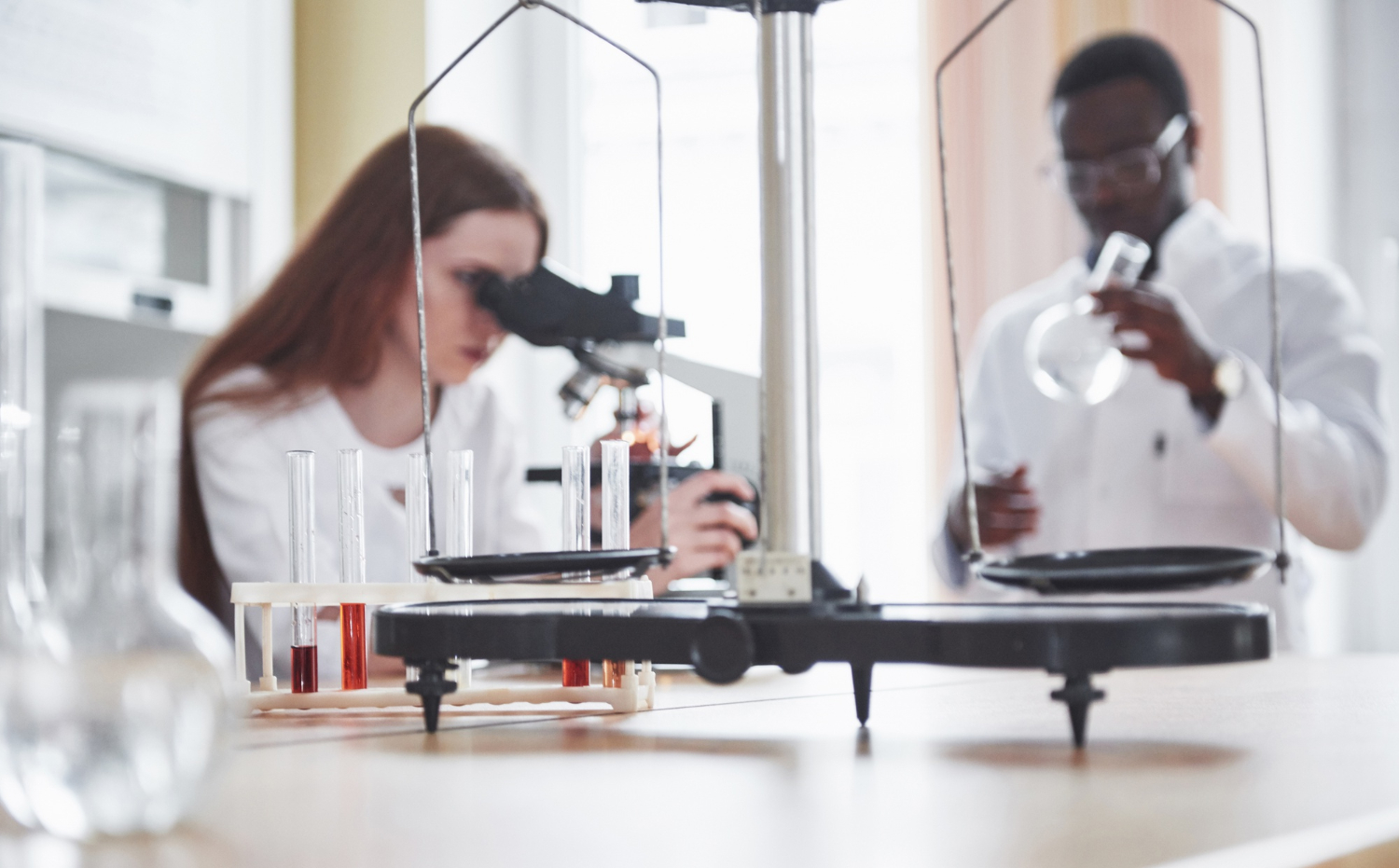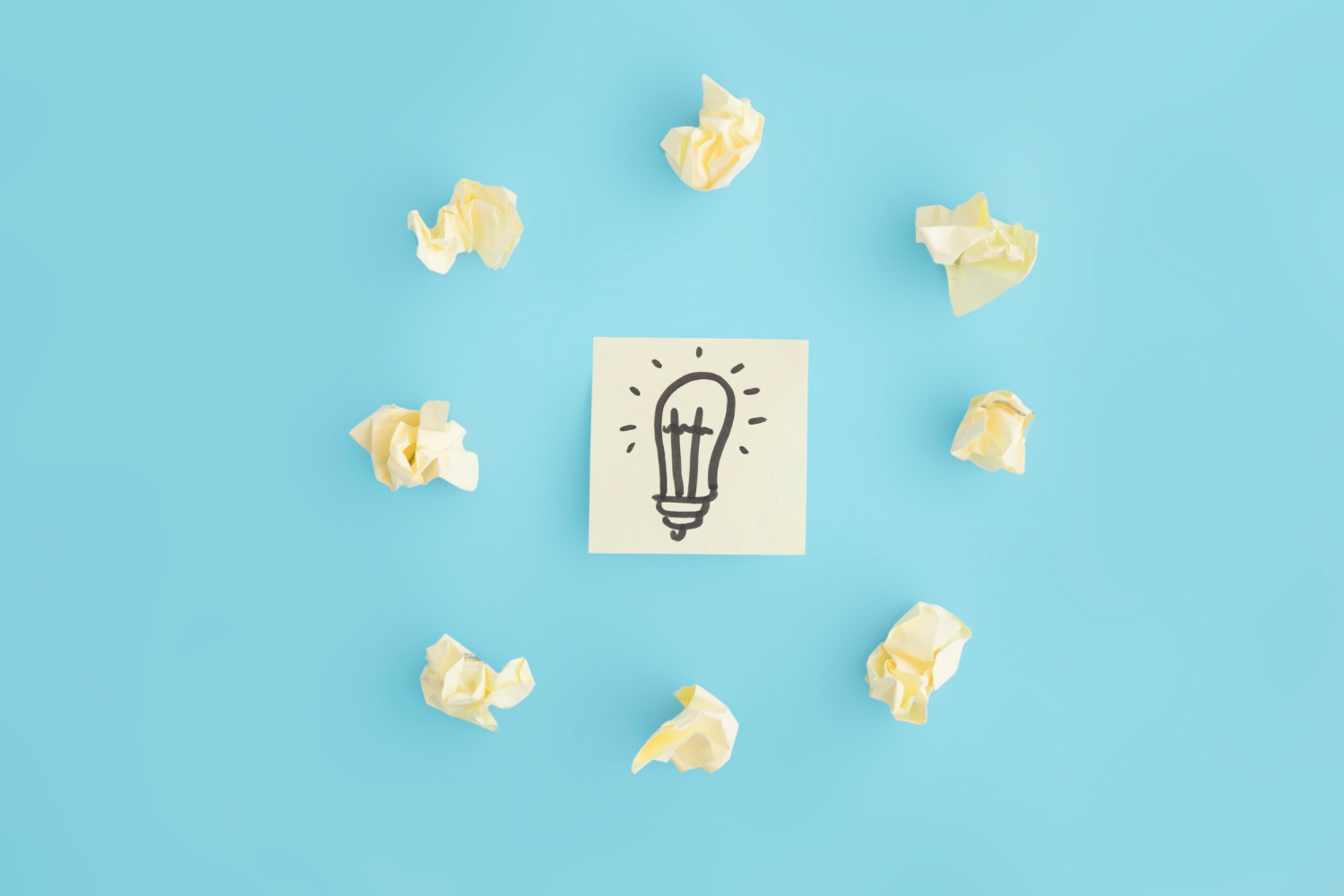· AI Engineering · 5 min read
Orchard Robotics: Treat Every Tree Like a Pet With AI
A digital twin of every bud and blossom helps farmers treat orchards tree by tree instead of guessing.
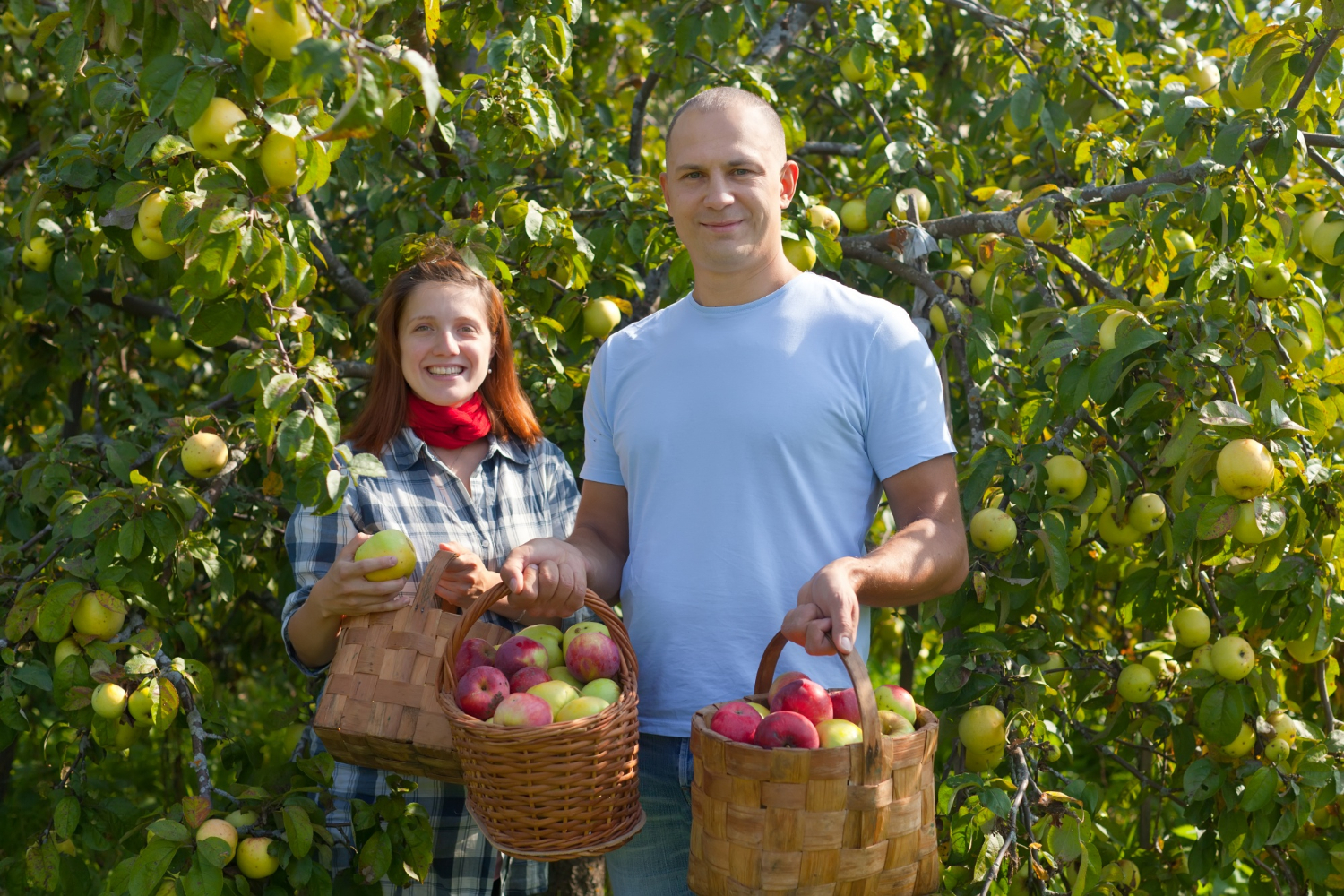
AI often makes headlines for all the bad reasons. So in this series I try to convince you that AI can improve human life and our environment when applied thoughtfully. Today is about Orchard Robotics.
Orchard Robotics has a simple idea: building a digital twin of your farm, tree by tree. The reasoning is that if AI could see every bud, blossom, and fruit on every tree, it could help you take care of 1,000 trees with the same quality as a single tree. Or you could say it can help you treat every tree like a pet rather than cattle. Instead of sampling a few trees and guessing, you would make decisions based on hard data collected throughout the season.
The problem
Managing an orchard is hard. Not every tree produces evenly. One tree might have many fruits; another may have none. Farmers normally walk a few rows, count fruit by hand, and then extrapolate to thousands of trees, then make decisions for the whole farm.
But these samples are often wrong. Misjudging crop load leads to over-thinning or under-thinning (thinning: removing some buds to control the size and quality of the rest). You can strip off too many buds and lower yield, or leave too many, resulting in small, unsellable fruit and overburdened trees that could break under the weight. A correct decision both brings more revenue and reduces labor costs.
Their solution
Orchard Robotics attaches cameras to tractors or vehicles that are usually used to drive around the plantation. Each camera takes dozens of pictures every second, capturing both sides of every tree. Location sensors tag each image with its exact location.
Orchard’s software uses all of this to create a map of the orchard. It then counts how many buds and blossoms there were at bloom, how many fruitlets survived thinning, how fast they are growing, etc. Then the recommendation part is the bread and butter of AI. When connected to variable-rate spray equipment, the same map can instruct the sprayer to increase the dose in high-density patches and dial back where there is less fruit. The platform also feeds this information to packing houses and marketers so that they know, months ahead of harvest, how much fruit is coming and when.
How they use AI
First, they label the images. They worked with a couple of labeling companies, but it didn’t work out well. Then they worked with Scale AI, the company that Meta recently acquired 49% of and poached its CEO, Alexandr Wang, to become Meta’s Chief AI Officer. Scale AI helped them label every fruit with a circle, rather than only rectangles like previous companies. That helped improve the quality of Orchard’s AI model greatly. So the lesson is: spending on data quality is always worthwhile.
Then they train computer-vision models to find and measure fruit and blossoms, even hundreds of them in a single picture. Their models can estimate every fruit’s diameter and colour. From that, they can create a digital orchard map thanks to the location info in each picture. From that, they can calculate the appropriate action for each tree: how much to trim, how much water to spray, etc., and integrate directly with the machine to automatically adjust its volume when spraying each tree. As each tree changes over time, AI can update the map whenever new images come in and keep the digital twin data fresh.
Typical use cases
They aim at situations where small mistakes can cause big consequences:
- Blossom thinning: Too much and you lose your crop; too little and you need to redo it. Orchard AI can tell you how much chemical to apply on each tree.
- Fruitlet sizing: AI measures diameters and growth rates of fruitlets and advises you to adjust the thinning plan accordingly.
- Variable-rate spraying: Modern sprayers can adjust output on the fly. With a fruit map, you can cater tree by tree. Improve quality and save cost at the same time.
- Harvest and storage planning: Knowing how many fruits of each size and colour ahead of time lets you plan sales.
Conclusion
Orchard Robotics follows what I think is an ideal route for AI startups: take a niche problem and solve it well. The problem is clear, the demand is clear, and combined with their niche knowledge and connections, the chance to win is bright. All they need is the ingenuity to solve the problem meticulously, to make it work.
Besides, they don’t use AI to replace farmers; they help farmers do their work better. That is less of a dramatic shift, and so makes it easier to be adopted and brings value to clients much sooner.
Another point is that the data they collect would be very useful for large-scale research, to improve the quality of trees and fruit or help invent new varieties.
This playbook Orchard Robotics is using can be applied to many other fields. As long as you work or have deep knowledge in a niche, you can use this playbook and bring value to people there.
